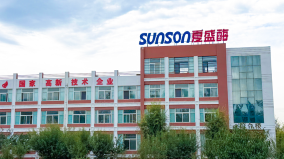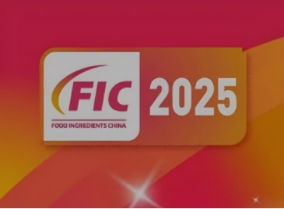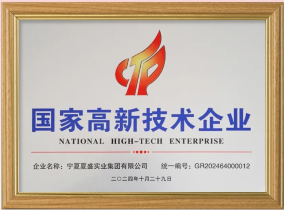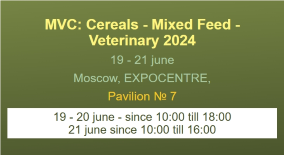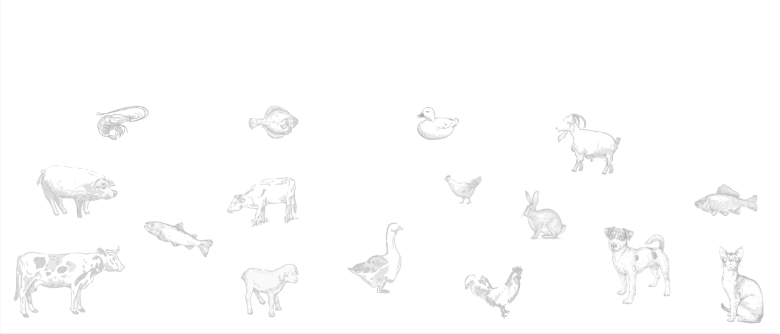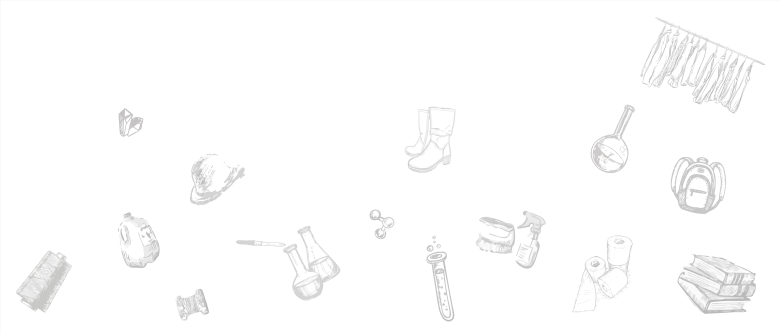Alternative
Feed Ingredients and Enzyme-Enabled Diet Optimization
Global feed
output rebounded in 2024, while regulation and sustainability targets are
reshaping raw-material choices. Alternative proteins (insects, single-cell
protein), upgraded by targeted enzyme systems (NSP complexes, next-gen
6-phytases, biological mycotoxin degraders) and smarter delivery
(coating/microencapsulation), are moving from “cost hedges” to core strategy.
This article maps the science, policy, and practice—and shows how Sunson
operationalizes these shifts for 2025–2026.
1) Market
& Policy Signals You Can’t Ignore
Production is
up, pressure remains. Alltech’s 2025 Agri-Food Outlook estimates 2024 global
feed production rose 1.2% to ~1.396 billion tonnes, led by poultry. It’s a
reminder that efficiency levers—nutrition tech, precision formulation—are more
critical than ever.
Compliance is
now a formulation variable. The EU’s Deforestation Regulation (EUDR), now
delayed to Dec 2025 for large companies, raises due-diligence and traceability
requirements for soy, palm, timber, and more, pushing nutritionists toward more
diverse, lower-risk ingredients and certified supply chains.
The takeaway:
Procurement, formulation, and sustainability teams are aligning on the same
question: how to build resilient, compliant, and lower-carbon diets that still
perform. This isn’t a niche concern—it’s the new mainstream.
2) The
Alternative Ingredient Landscape
Beyond soy
& corn: the new protein map. Insect meal (black soldier fly), single-cell
protein (yeast, algae), and upgraded co-products (DDGS, rapeseed, sunflower)
are no longer niche. They’re scalable, and in some cases, price-competitive,
especially when freight and carbon accounting are factored in.
But
variability is the enemy. Nutrient profiles, anti-nutritional factors (ANFs),
and mycotoxin loads can shift batch-to-batch. This is where enzyme systems
become non-negotiable: they standardize digestibility, unlock hidden energy,
and mitigate risk.
3) Enzymes:
The Core Enabler
NSPases are
table stakes. Non-starch polysaccharide (NSP) enzymes (xylanase, β-glucanase,
mannanase) break down fiber, releasing energy and reducing gut viscosity. But
the next wave is multi-enzyme blends tailored to specific alternative
ingredients (e.g., sunflower meal + pectinase).
Next-gen
phytase is about more than phosphorus. 6-phytases are now engineered to work at
lower pH and higher temperatures, surviving pelleting and improving mineral and
amino acid digestibility—critical in plant-heavy diets.
Biological
mycotoxin degraders are here. Unlike binders, these enzymes (e.g., FUMzyme®,
AflaZym®) irreversibly break down toxins like fumonisin and aflatoxin into
non-toxic metabolites. They’re a must when using drought-stressed or stored
co-products.
4) Smarter
Delivery = Better ROI
Enzymes are
fragile. Heat, shear, and moisture in the feed mill can denature them. That’s
why delivery tech matters:
- Coating &
microencapsulation protect enzymes through conditioning
and pelleting, ensuring they reach the gut intact.
- Liquid
post-pelleting systems apply enzymes after heat exposure,
maximizing activity.
- Thermostable
granules are engineered to withstand high-temp processes
without protection.
The best
enzyme system is useless if it doesn’t survive your process. Matching the
delivery format to your mill conditions is now part of formulation.
5)
Sustainability & Compliance: The Audit Trail
LCAs are no
longer optional. Retailers, regulators, and ESG investors want proof of lower
carbon footprints. Enzyme use directly impacts key LCA metrics:
- Lower phosphorus
excretion → less eutrophication.
- Higher energy
digestibility → lower feed conversion ratio (FCR) → fewer emissions per kg
of meat/milk/egg.
- Reduced mycotoxin
risk → lower mortality and waste.
Tools like
the Global Feed LCA Institute (GFLI) database and FAO’s LEAP guidelines are
becoming the standard. Enzyme suppliers that provide GFLI-compliant data and
LCA support are now strategic partners.
6) Sunson’s
Approach: Enzymes + Implementation
Sunson
doesn’t just sell enzymes—we provide systems. Our 2025 portfolio includes:
- Targeted NSP
complexes for corn-SBM, wheat-barley, and alternative
ingredient diets.
- Next-gen 6-phytase with
high thermostability and broad pH efficacy.
- Biological
mycotoxin degraders validated for major toxins.
- Delivery formats (coated,
liquid, thermostable granules) matched to mill conditions.
But the real
value is in implementation support: helping customers match enzymes to raw
material variability, validate post-pelleting recovery, and document LCA
impacts for compliance and marketing claims.
7) Case in
Point: Insect Meal + Enzymes
Insect meal
is high in protein and fat, but also chitin (a fiber that can impair
digestibility). Sunson’s chitinase + protease blends break down chitin,
unlocking amino acids and improving FCR in poultry and aqua diets. Result:
insect meal performs closer to fishmeal or SBM, making it a viable, scalable
alternative.
8) Preparing
for EUDR and Beyond
For producers
exporting to the EU, EUDR compliance means traceability and deforestation-free
sourcing. But it also means demonstrating lower environmental impact. Enzyme
use is a documented, science-backed lever to reduce the carbon and land-use
footprint of feed—critical for EUDR risk assessments and brand claims. Sunson
can provide performance data, backed by LEAP-aligned documentation and
GFLI-compatible data inputs, to support brands and export claims under EUDR
scrutiny.
9) The 2025
Formulation Checklist
- Anchor on
variability. Start with your co-product slate;
pick an NSP complex + 6-phytase as your base, then add
protease/α-galactosidase/mannanase as needed by your ANF map.
- Design for the feed
mill. Confirm
conditioning temp/time and moisture; choose enzyme sources or
coating/microencapsulation formats proven in your process conditions.
- Close the loop. Monitor
post-pelleting enzyme recovery and animal response; update matrix values
by species/stage.
- Document impact. Correlate
performance with GFLI/LEAP outputs (P reduction, methane intensity for
dairy on 3-NOP, land-use risk).
- Stay audit-ready. Track
soy/palm origins against 2025–2026 EUDR timelines and risk tiers.
Final word
Alternative ingredients aren’t just hedges against price spikes—they’re a path to resilient, lower-risk, lower-carbon feed systems. The biggest unlock is no longer a single “super additive,” but well-designed enzyme systems delivered reliably through the mill and measured credibly in LCA. With a broad enzyme toolbox, process-aware implementation, and compliance-ready documentation, Sunson is positioned to help global producers make unconventional diets perform—and audit—like mainstream ones.

